Using ClassCraft to Improve Primary School Students’ Knowledge and Interest in Sustainable Mobility
Abstract
:1. Introduction
- Evaluating pupils’ perception about sustainable mobility.
- Evaluating the level of knowledge achieved from the experience.
- Evaluating student perception of gamification-based methodology.
- Evaluating student satisfaction from using the game and methodology.
2. Literature Review
2.1. Sustainable Developement
2.2. Sustainable Mobility and Infancy
2.3. Gamification and Sustainable Mobility
3. Methodology
3.1. Questionnaire Design
- Socioeconomic: how many members were in the family unit, the type of employment the parents or guardians had, where they lived, whether they made use of a car and bicycles.
- Analysis of mobility habits: how they travelled to school, whether they used a bicycle, the reasons for travelling, and the different transport modes present in the city.
- Definition of certain key words and concepts associated with sustainable mobility, such as “bike lane,” “pedestrian zones,” “mass transit,” “shared car,” “sustainable city,” “sustainable transport,” “bike sharing”.
3.2. Design of the Activities in the ClassCraft Platform
3.3. Data Collection in the Case Study: Conducting the Survey before and after the Experience
4. Results
- The characterisation of the pupils’ habits and their perception of mobility;
- The evolution of basic knowledge about sustainable mobility;
- The analysis of learning using gamification techniques before and after the activity.
4.1. The Characterisation of Pupils’ Habits and Their Perception of Mobility
4.2. Evolution of Basic Knowledge about Sustainable Mobility
4.3. Analysis of Learning Using Gamification Techniques before and after the Activity
- From the platform: the level in the game reached by the pupil (NIV_JU), the points scored on the ClassCraft platform at the end of the game (P_JU), the number of activities finished on ClassCraft (N_ACT), and the number of connections (N_CON).
- From the following information found using the final questionnaire: weekly access (ACC_SEM), total hours spent playing per week (HOR_SEM), and overall level of satisfaction (SAT_GLOB).
5. Discussion
6. Conclusions
- The most important limitation is the sample size and the lack of a comparison group. It was not possible to repeat the experience in another school with a different group of pupils, meaning that the results from our small sample reduce the generalisability of the study. Nevertheless, other researchers may find the data useful for new avenues of research.
- Another limitation arises from the voluntary nature of the experience on the part of the students. In fact, some difficulties were encountered in involving students in the study, leading us to create favourable situations to encourage their participation, such as the provision of real prizes that could be won by taking part.
- Last but not least is the impossibility of having a meeting with parents to explain the importance and extent of our research.
- Future research needs to determine whether or not our findings can be generalised to a wider population. Different results could emerge by considering other populations, which can then be compared.
- The possible effect of the results on the mode of transport chosen for the children’s daily trips to school by switching to sustainable modes.
- A follow-up questionnaire that measures whether the acquired concepts were maintained after the gaming activity finished.
- A questionnaire for the parents and guardians of the children that can be used to verify whether the children’s learned sustainable behaviour spread to other contexts, such as leisure time and family trips.
- The opinions of the teachers about the experience.
Author Contributions
Funding
Acknowledgments
Conflicts of Interest
References
- Tonucci, F. La Città Dei Bambini; Laterza: Bari, Italy, 2005. [Google Scholar]
- Tabibi, Z. Incidence, Causes and Prevention of Child Accidents in Iran: An Analysis of Existing Studies. J. Fam. Res. 2009, 5, 179–205. [Google Scholar]
- Brundtland, G.H. Informe de La Comisión Mundial Sobre Medio Ambiente y el Desarrollo: Nuestro Futuro Común; Oxford University Press: Oxford, UK, 1987. [Google Scholar]
- Keating, M. The Earth Summit’s Agenda for Change: A Plain Language Version of Agenda 21 and the Other Rio Agreements; Centre for Our Common Future: Geneva, Switzerland, 1993; ISBN 2940070008. [Google Scholar]
- UNESCO. Educación Para Los Objetivos de Desarrollo Sostenible: Objetivos de Aprendizaje—UNESCO Biblioteca Digitall. Available online: https://unesdoc.unesco.org/ark:/48223/pf0000252423 (accessed on 30 June 2019).
- Henderson, K.; Tilbury, D. Whole-School Approaches to Sustainability: An International Review of Whole-School Sustainability Programs; Macquarie University: Sydney, Australia, 2004. [Google Scholar]
- Naciones Unidas. Memoria del Secretario General Sobre la Labor de la Organización; UN: New York, NY, USA, 2015. [Google Scholar]
- Fadeeva, Z.; Mochizuki, Y. Higher Education for Today and Tomorrow: University Appraisal for Diversity, Innovation and Change towards Sustainable Development. Sustain. Sci. 2010, 5, 249–256. [Google Scholar] [CrossRef]
- Segalàs, J.; Ferrer-Balas, D.; Svanström, M.; Lundqvist, U.; Mulder, K.F. What Has to Be Learnt for Sustainability? A Comparison of Bachelor Engineering Education Competences at Three European Universities. Sustain. Sci. 2009, 4, 17–27. [Google Scholar] [CrossRef] [Green Version]
- Stanitsas, M.; Kirytopoulos, K.; Vareilles, E. Facilitating Sustainability Transition through Serious Games: A Systematic Literature Review. J. Clean. Prod. 2019, 208, 924–936. [Google Scholar] [CrossRef] [Green Version]
- Bascopé, M.; Perasso, P.; Reiss, K.; Bascopé, M.; Perasso, P.; Reiss, K. Systematic Review of Education for Sustainable Development at an Early Stage: Cornerstones and Pedagogical Approaches for Teacher Professional Development. Sustainability 2019, 11, 719. [Google Scholar] [CrossRef] [Green Version]
- Guzmán-Garcia, L.A. Optimización Dinámica de Estrategias de Movilidad Sostenible En Áreas Metropolitanas. Ph.D. Thesis, E.T.S.I. Caminos, Canales y Puertos (UPM), Madrid, Spain, 2011. [Google Scholar]
- Høyer, K.G. Sustainable Mobility—The Concept and Its Implications. Ph.D. Thesis, Vestlandsforsking, Sogndal, Norway, 2000. [Google Scholar]
- Lautso, K.; Spiekermann, K.; Wegener, M.; Sheppard, I.; Steadman, P.; Martino, A.; Domingo, R.; Gayda, S. PROPOLIS: Planning and Research of Policies for Land Use and Transport for Increasing Urban Sustainability; TRIMIS: Helsinki, Finland, 2004. [Google Scholar]
- Loo Becky, P.Y.; Chow, S.Y. Sustainable Urban Transportation: Concepts, Policies, and Methodologies. J. Urban Plan. Dev. 2006, 132, 76–79. [Google Scholar]
- Wieringa, K.; Statistical Office of the European Communities. Environment in the European Union, 1995: Report for the Review of the Fifth Environmental Action Programme; European Environment Agency: Copenhagen, Denmark, 1995; ISBN 9282752631. [Google Scholar]
- Zegras, C. Sustainable Transport Indicators and Assessment Methodologies, Background Paper for Plenary Session 4. In Proceedings of the Biannual Conference and Exhibit of the Clean Air Initiative for Latin American Cities: Sustainable Transport: Linkages to Mitigate Climate Change and Improve Air Quality, São Paulo, Brazil, 24–27 June 2006; pp. 1–16. [Google Scholar]
- Zito, P.; Salvo, G. Toward an Urban Transport Sustainability Index: An European Comparison. Eur. Transp. Res. Rev. 2011, 3, 179–195. [Google Scholar] [CrossRef] [Green Version]
- Buzási, A.; Csete, M. Sustainability Indicators in Assessing Urban Transport Systems. Period. Polytech. Transp. Eng. 2015, 43, 138–145. [Google Scholar] [CrossRef] [Green Version]
- Tranter, P.; Pawson, E. Children’s Access to Local Environments: A Case-Study of Christchurch, New Zealand. Local Environ. 2001, 6, 27–48. [Google Scholar] [CrossRef]
- Pooley, C.G.; Turnbull, J. Coping with Congestion: Responses to Urban Traffic Problems in British Cities c.1920–1960. J. Hist. Geogr. 2005, 31, 78–93. [Google Scholar] [CrossRef]
- Pooley, C.G.; Turnbull, J.; Adams, M. “…Everywhere She Went I Had to Tag along beside Her”: Family, Life Course, and Everyday Mobility in England since the 1940s. Hist. Fam. 2005, 10, 119–136. [Google Scholar] [CrossRef]
- Pooley, C.; Turnbull, J.; Adams, M. The Impact of New Transport Technologies on Intraurban Mobility: A View from the Past. Environ. Plan. A Econ. Space 2006, 38, 253–267. [Google Scholar] [CrossRef]
- Kerr, J.; Rosenberg, D.; Sallis, J.F.; Saelens, B.E.; Frank, L.D.; Conway, T.L. Active Commuting to School. Med. Sci. Sports Exerc. 2006, 38, 787–793. [Google Scholar] [CrossRef]
- McMillan, T.; Day, K.; Marlon, B.; Alfonzo, M.; Anderson, C. Johnny Walks to School-Does Jane? Sex Differences in Children’s Active Travel to School. Child. Youth Environ. 2006, 16, 75–89. [Google Scholar]
- Mackett, R.L.; Gong, Y.; Kitazawa, K.; Paskins, J. Children’s Local Travel Behaviour-How the Environment Influences, Controls and Facilitates It. In Proceedings of the 11th World Conference on Transport Research, Berkeley, CA, USA, 24–28 June 2007; pp. 1–17. [Google Scholar]
- Heft, H.; Chawla, L. Children as agents in sustainable development: The ecology of competence. In Children and Their Environments; Spencer, C., Blades, M., Eds.; Cambridge University Press: Cambridge, UK, 2006; pp. 199–216. [Google Scholar]
- Chawla, L. Childhood Experiences Associated with Care for the Natural World: A Theoretical Framework for Empirical Results. Child. Youth Environ. 2007, 17, 144–170. [Google Scholar] [CrossRef]
- Chawla, L. Growing up Green: Becoming an Agent of Care for the Natural World. J. Dev. Process. 2009, 4, 6–23. [Google Scholar]
- Sharpe, S.; Tranter, P. The Hope for Oil Crisis: Children, Oil Vulnerability and (in)Dependent Mobility. Aust. Plan. 2010, 47, 284–292. [Google Scholar] [CrossRef]
- Malone, K. Children’s Rights and the Crisis of Rapid Urbanisation. Int. J. Child. Rights 2015, 23, 405–424. [Google Scholar] [CrossRef]
- Malone, K. “The Future Lies in Our Hands”: Children as Researchers and Environmental Change Agents in Designing a Child-Friendly Neighbourhood. Local Environ. 2013, 18, 372–395. [Google Scholar] [CrossRef]
- Barr, S. Personal Mobility and Climate Change. Wiley Interdiscip. Rev. Clim. Chang. 2018, 9, e542. [Google Scholar] [CrossRef]
- Ward, C. The Child in the City; Pantheon Books: New York, NY, USA, 1978; ISBN 0394735943. [Google Scholar]
- Hillman, M.; Adams, J.; Whitelegg, J. One False Move… A Study of Children’s Independent Mobility; Policy Studies Institute: London, UK, 1990; ISBN 0853744947. [Google Scholar]
- Karsten, L.; van Vliet, W. Children in the City: Reclaiming the Street. Child. Youth Environ. 2006, 16, 151–167. [Google Scholar]
- Fotel, T.; Thomsen, T.U. The Surveillance of Children’s Mobility. Surveill. Soc. 2004, 1, 535–554. [Google Scholar] [CrossRef]
- Rissotto, A.; Tonucci, F. Freedom of Movement and Environmental Knowledge in Elementary School Children. J. Environ. Psychol. 2002, 22, 65–77. [Google Scholar] [CrossRef]
- Sandqvist, K. Growing up with and without a Family Car. In Social Change and Sustainable Transport; Indiana University Press: Bloomington, IN, USA, 2002; pp. 117–124. [Google Scholar]
- Collins, D.C.A.; Kearns, R.A. The Safe Journeys of an Enterprising School: Negotiating Landscapes of Opportunity and Risk. Health Place 2001, 7, 293–306. [Google Scholar] [CrossRef]
- Gilbert, H.; Whitzman, C.; Pieters, J.; Allan, A. Children and Sustainable Mobility: Small Feet Making Smaller Carbon Footprints. Aust. Plan. 2017, 54, 234–241. [Google Scholar] [CrossRef]
- Mikkelsen, M.R.; Christensen, P. Is Children’s Independent Mobility Really Independent? A Study of Children’s Mobility Combining Ethnography and GPS/Mobile Phone Technologies1. Mobilities 2009, 4, 37–58. [Google Scholar] [CrossRef]
- Ferrando, H.; Molinero, P.; Peña, T. Con Bici al Cole Proyecto Pedagógico Para Alumnos de Primaria; ConBici: Barcelona, Spain, 2007. [Google Scholar]
- Bielik, P.; Tomlein, M.; Krátky, P.; Mitrík, Š.; Barla, M.; Bieliková, M. Move2Play: An Innovative Approach to Encouraging People to Be More Physically Active. In Proceedings of the 2nd ACM SIGHIT Symposium on International Health Informatics—IHI ’12, Miami, FL, USA, 28–30 January 2012; ACM Press: New York, NY, USA, 2012; pp. 61–70. [Google Scholar]
- Cowley, B.; Moutinho, J.L.; Bateman, C.; Oliveira, A. Learning Principles and Interaction Design for ‘Green My Place’: A Massively Multiplayer Serious Game. Entertain. Comput. 2011, 2, 103–113. [Google Scholar] [CrossRef]
- Orland, B.; Ram, N.; Lang, D.; Houser, K.; Kling, N.; Coccia, M. Saving Energy in an Office Environment: A Serious Game Intervention. Energy Build. 2014, 74, 43–52. [Google Scholar] [CrossRef]
- Gabrielli, S.; Maimone, R.; Forbes, P.; Masthoff, J.; Wells, S.; Primerano, L.; Haverinen, L.; Bo, G.; Pompa, M. Designing Motivational Features for Sustainable Urban Mobility. In Proceedings of the CHI ’13 Extended Abstracts on Human Factors in Computing Systems on—CHI EA ’13, Paris, France, 27 April–2 May 2013; ACM Press: New York, NY, USA, 2013; pp. 1461–1466. [Google Scholar]
- Kazhamiakin, R.; Marconi, A.; Martinelli, A.; Pistore, M.; Valetto, G. A Gamification Framework for the Long-Term Engagement of Smart Citizens. In Proceedings of the 2016 IEEE International Smart Cities Conference (ISC2), Trento, Italy, 12–15 September 2016; pp. 1–7. [Google Scholar]
- Kazhamiakin, R.; Marconi, A.; Perillo, M.; Pistore, M.; Valetto, G.; Piras, L.; Avesani, F.; Perri, N. Using Gamification to Incentivize Sustainable Urban Mobility. In Proceedings of the 2015 IEEE First International Smart Cities Conference (ISC2), Guadalajara, Mexico, 25–28 October 2015; pp. 1–6. [Google Scholar]
- Holleis, P.; Luther, M.; Broll, G.; Cao, H.; Koolwaaij, J.; Peddemors, A.; Ebben, P.; Wibbels, M.; Jacobs, K. TRIPZOOM: A System to Motivate Sustainable Urban Mobility. In Proceedings of the SMART 2012: The First International Conference on Smart Systems, Devices and Technologies, Stuttgart, Germany, 27 May–1 June 2012; pp. 101–104. [Google Scholar]
- Lee, J.J.; Matamoros, E.; Kern, R.; Marks, J.; de Luna, C.; Jordan-Cooley, W. Greenify: Fostering Sustainable Communities via Gamification. In Proceedings of the CHI ’13 Extended Abstracts on Human Factors in Computing Systems, Paris, France, 27 April–2 May 2013; ACM Press: New York, NY, USA, 2013; pp. 1497–1502. [Google Scholar]
- Coenen, T.; Merchant, P.; Laureyssens, T.; Claeys, L.; Criel, J. ZWERM: Stimulating Urban Neighborhood Self-Organization through Gamification. In Proceedings of the International Conference Using ICT, Social Media and Mobile Technologies to Foster Self-Organisation in Urban and Neighbourhood Governance, Delft, The Netherlands, 17 May 2013; OTB Research Institute for the Built Environment, Delft University of Technology: Delft, The Netherlands, 2013; pp. 1–16. [Google Scholar]
- Hamari, J.; Koivisto, J.; Sarsa, H. Does Gamification Work?—A Literature Review of Empirical Studies on Gamification. In Proceedings of the 2014 47th Hawaii International Conference on System Sciences, Waikoloa, HI, USA, 6–9 January 2014; pp. 3025–3034. [Google Scholar]
- Khoshkangini, R.; Valetto, G.; Marconi, A. Generating Personalized Challenges to Enhance the Persuasive Power of Gamification. In Proceedings of the Personalization in Persuasive Technology Workshop, Persuasive Technology, Amsterdam, The Netherlands, 3–6 April 2017; Orji, R., Reisinger, M., Busch, M., Dijkstra, A., Kaptein, E.M., Eds.; Amsterdam, The Netherlands, 2017; pp. 70–83. Available online: http://ceur-ws.org (accessed on 23 June 2019).
- Bakıcı, T.; Almirall, E.; Wareham, J. A Smart City Initiative: The Case of Barcelona. J. Knowl. Econ. 2013, 4, 135–148. [Google Scholar] [CrossRef]
- Merugu, D.; Prabhakar, B.S.; Rama, N.S. An Incentive Mechanism for Decongesting the Roads: A Pilot Program in Bangalore. In Proceedings of the NetEcon, ACM Workshop on the Economics of Networked Systems, Stanford, CA, USA, 7 July 2009; pp. 1–6. [Google Scholar]
- Hoh, B.; Yan, T.; Ganesan, D.; Tracton, K.; Iwuchukwu, T.; Lee, J.-S. TruCentive: A Game-Theoretic Incentive Platform for Trustworthy Mobile Crowdsourcing Parking Services. In Proceedings of the 2012 15th International IEEE Conference on Intelligent Transportation Systems, Anchorage, AK, USA, 16–19 September 2012; pp. 160–166. [Google Scholar]
- Gabrielli, S.; Forbes, P.; Jylhä, A.; Wells, S.; Sirén, M.; Hemminki, S.; Nurmi, P.; Maimone, R.; Masthoff, J.; Jacucci, G. Design Challenges in Motivating Change for Sustainable Urban Mobility. Comput. Hum. Behav. 2014, 41, 416–423. [Google Scholar] [CrossRef]
- Buningh, S.; Martijnse-Hartikka, R.; Christiaens, J. Mobi—Modal Shift Through Gamification. In Proceedings of the Transport Research Arena (TRA) 5th Conference: Transport Solutions from Research to Deployment, Paris, France, 14–17 April 2014. [Google Scholar]
- Wells, S.; Kotkanen, H.; Schlafli, M.; Gabrielli, S.; Masthoff, J.; Jylhä, A.; Forbes, P. Towards an Applied Gamification Model for Tracking, Managing, & Encouraging Sustainable Travel Behaviours. ICST Trans. Ambient. Syst. 2014, 1, e2. [Google Scholar] [CrossRef]
- Bie, J.; Bijlsma, M.; Broll, G.; Cao, H.; Hjalmarsson, A.; Hodgson, F.; Holleis, P.; van Houten, Y.; Jacobs, K.; Koolwaaij, J.; et al. Move Better with Tripzoom. Int. J. Adv. Life Sci. 2012, 4, 125–135. [Google Scholar]
- Poslad, S.; Ma, A.; Wang, Z.; Mei, H. Using a Smart City IoT to Incentivise and Target Shifts in Mobility Behaviour—Is It a Piece of Pie? Sensors 2015, 15, 13069–13096. [Google Scholar] [CrossRef]
- González Jorge, M. Gramificación: Hagamos Que Aprender Sea Divertido. Master’s Thesis, Universidad Publica de Navarra, Pamplona, Spain, 2016. [Google Scholar]
- Hu, R.; Fico, G.; Cancela, J.; Arredondo, M.T. Gamification System to Support Family-Based Behavioral Interventions for Childhood Obesity. In Proceedings of the IEEE-EMBS International Conference on Biomedical and Health Informatics (BHI), Valencia, Spain, 1–4 June 2014; pp. 181–184. [Google Scholar]
- Jones, B.A.; Madden, G.J.; Wengreen, H.J. The FIT Game: Preliminary Evaluation of a Gamification Approach to Increasing Fruit and Vegetable Consumption in School. Prev. Med. 2014, 68, 76–79. [Google Scholar] [CrossRef]
- Beat The Street—Delivered by Intelligent Health. Available online: https://www.beatthestreet.me/UserPortal/Default (accessed on 23 June 2019).
- Marconi, A.; Schiavo, G.; Zancanaro, M.; Valetto, G.; Pistore, M. Exploring the World through Small Green Steps. In Proceedings of the 2018 International Conference on Advanced Visual Interfaces—AVI ’18, Castiglione della Pescaia Grosseto, Italy, 29 May–1 June 2018; ACM Press: New York, NY, USA, 2018; pp. 1–9. [Google Scholar]
- Coombes, E.; Jones, A. Gamification of Active Travel to School: A Pilot Evaluation of the Beat the Street Physical Activity Intervention. Health Place 2016, 39, 62–69. [Google Scholar] [CrossRef] [PubMed] [Green Version]
- dell’Olio, L.; Ibeas, A.; Cecín, P. Modelling User Perception of Bus Transit Quality. Transp. Policy 2010, 17, 388–397. [Google Scholar] [CrossRef]
- Rojo, M.; Gonzalo-Orden, H.; dell’Olio, L.; Ibeas, T. Relationship between Service Quality and Demand for Inter-Urban Buses. Transp. Res. Part A Policy Pract. 2012, 46, 1716–1729. [Google Scholar] [CrossRef]
- Mora Márquez, M.; Camacho Torralbo, J.; Torralbo, J.C. Classcraft: English and Role Play in the Primary School Classroom. Apertura 2019, 11, 56–73. [Google Scholar] [CrossRef] [Green Version]
- Grande-de-Prado, M.; Baelo, R.; García-Martín, S.; Abella-García, V. Mapping Role-Playing Games in Ibero-America: An Educational Review. Sustainability 2020, 12, 6298. [Google Scholar] [CrossRef]
- Sanchez, E.; Young, S.; Jouneau-Sion, C. Classcraft: From Gamification to Ludicization of Classroom Management. Educ. Inf. Technol. 2017, 22, 497–513. [Google Scholar] [CrossRef]
- Alghamdi, J.; Holland, C. Game-Play: Effects of Online Gamified and Game-Based Learning on Dispositions, Abilities and Behaviours of Primary Learners; Springer: Cham, Switzerland, 2017; pp. 55–63. [Google Scholar]
- Sailer, M.; Hense, J.U.; Mayr, S.K.; Mandl, H. How Gamification Motivates: An Experimental Study of the Effects of Specific Game Design Elements on Psychological Need Satisfaction. Comput. Hum. Behav. 2017, 69, 371–380. [Google Scholar] [CrossRef]
- Giffinger, R.; Haindlmaier, G.; Kramar, H. The Role of Rankings in Growing City Competition. Urban Res. Pract. 2010, 3, 299–312. [Google Scholar] [CrossRef]
- Çakıroğlu, Ü.; Başıbüyük, B.; Güler, M.; Atabay, M.; Yılmaz Memiş, B. Gamifying an ICT Course: Influences on Engagement and Academic Performance. Comput. Hum. Behav. 2017, 69, 98–107. [Google Scholar] [CrossRef]
- Glover, I. Play as you learn: Gamification as a technique for motivating learners. In Proceedings of the World Conference on Educational Multimedia, Hypermedia and Telecommunications 2013, Victoria, BC, Canada, 24–28 June 2013; Association for the Advancement of Computing in Education (AACE): Chesapeake, VA, USA, 2013; pp. 1999–2008. [Google Scholar]
- Bakker, M.; van den Heuvel-Panhuizen, M.; Robitzsch, A. Effects of Playing Mathematics Computer Games on Primary School Students’ Multiplicative Reasoning Ability. Contemp. Educ. Psychol. 2015, 40, 55–71. [Google Scholar] [CrossRef]
- Dourda, K.T.E.P. Content and Language Integrated Learning through an Online Game in Primary School: A Case Study. Electron. J. e-Learn. 2014, 12, 243–258. [Google Scholar]
- Hwang, G.-J.; Wu, P.-H.; Chen, C.-C. An Online Game Approach for Improving Students’ Learning Performance in Web-Based Problem-Solving Activities. Comput. Educ. 2012, 59, 1246–1256. [Google Scholar] [CrossRef]
- Sung, H.-Y.; Hwang, G.-J. A Collaborative Game-Based Learning Approach to Improving Students’ Learning Performance in Science Courses. Comput. Educ. 2013, 63, 43–51. [Google Scholar] [CrossRef]
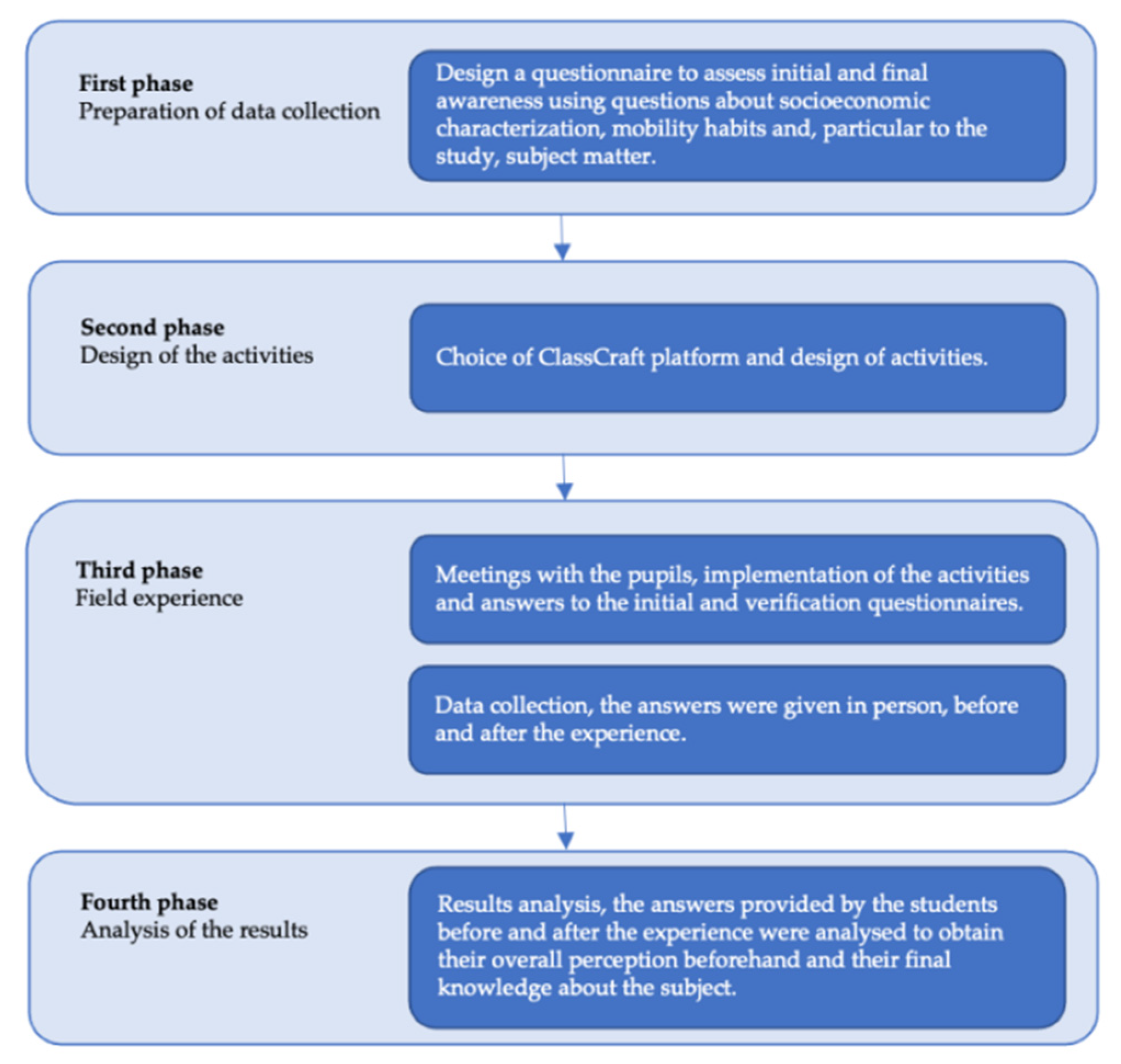

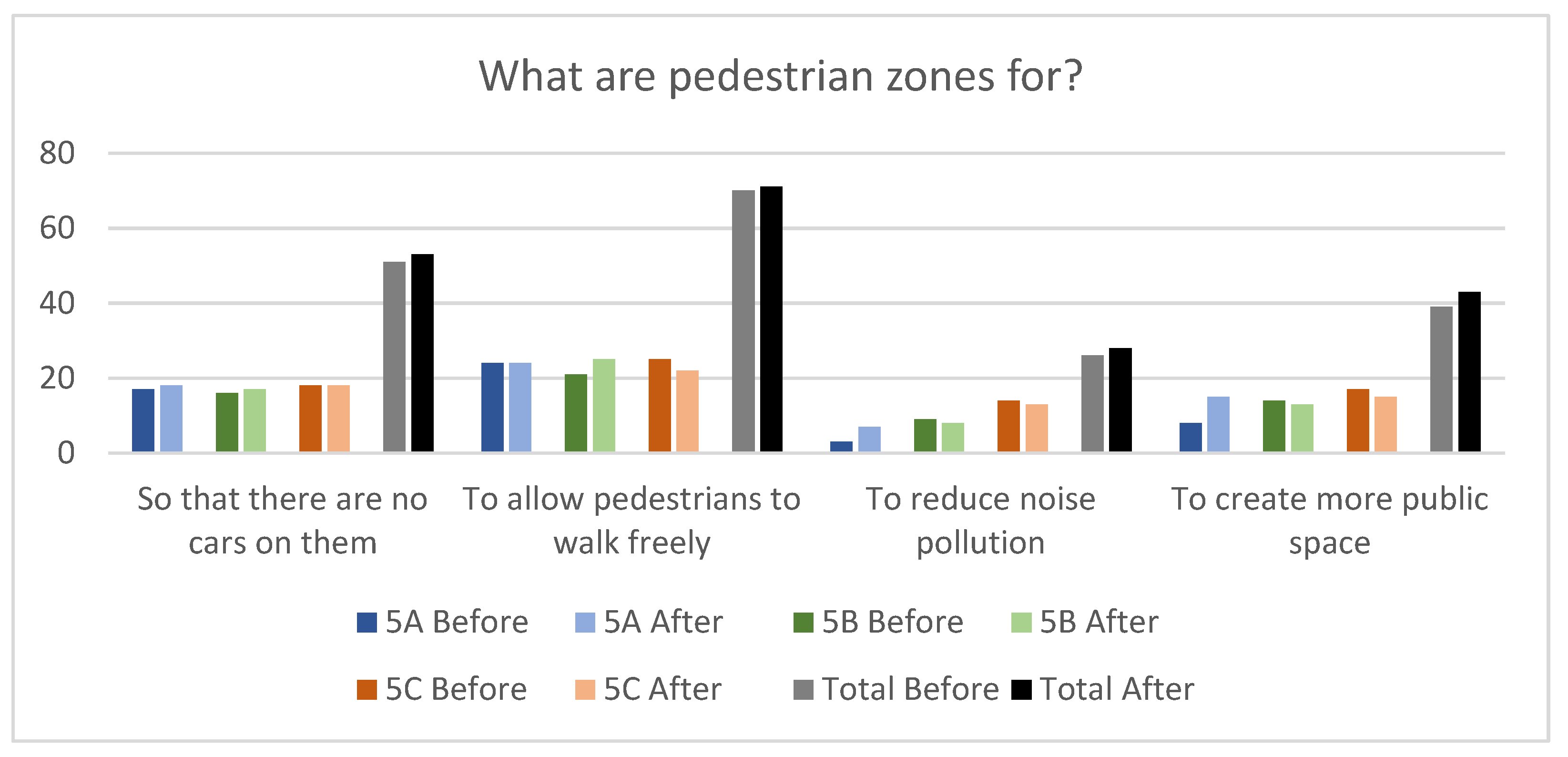
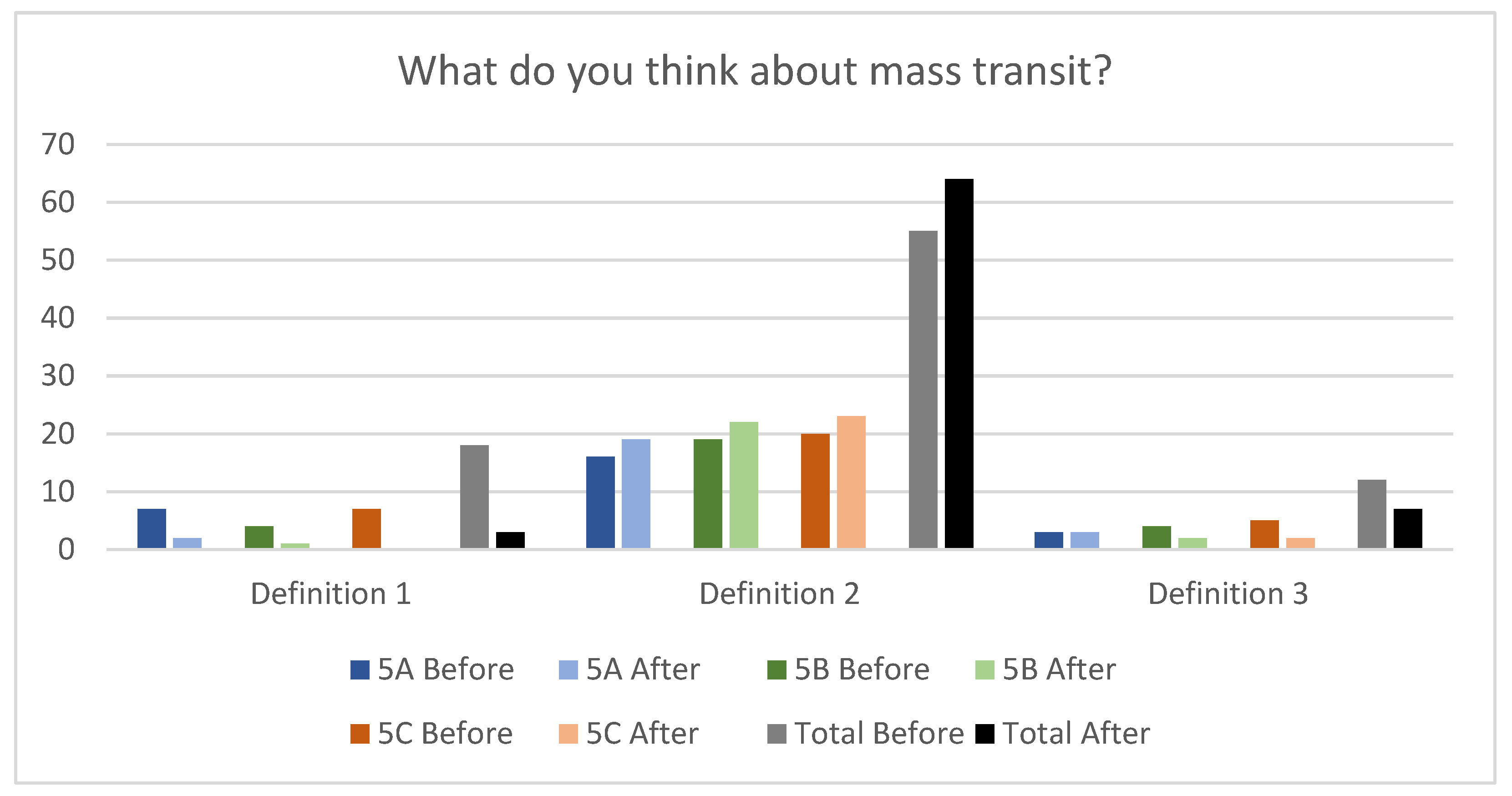
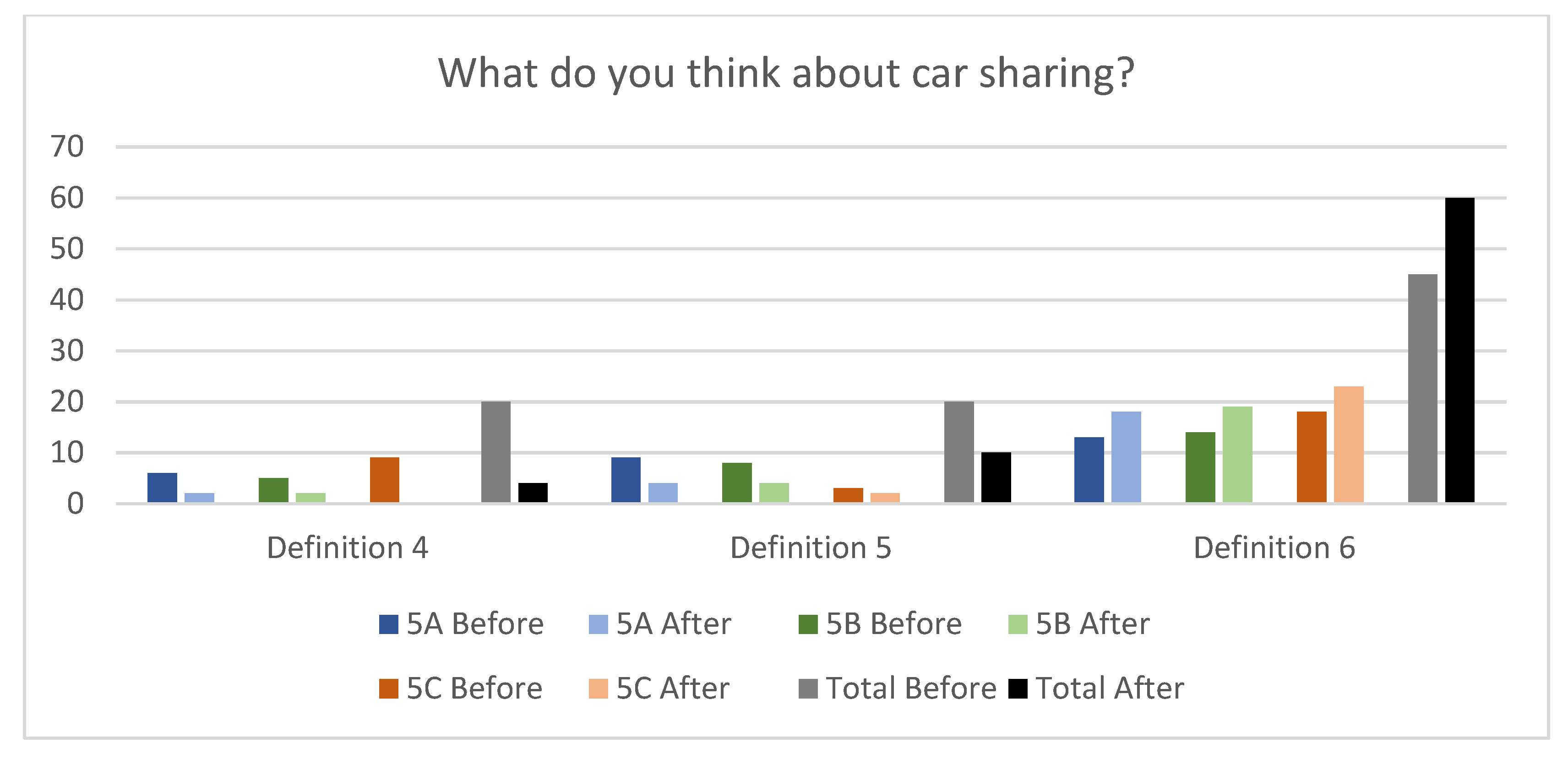

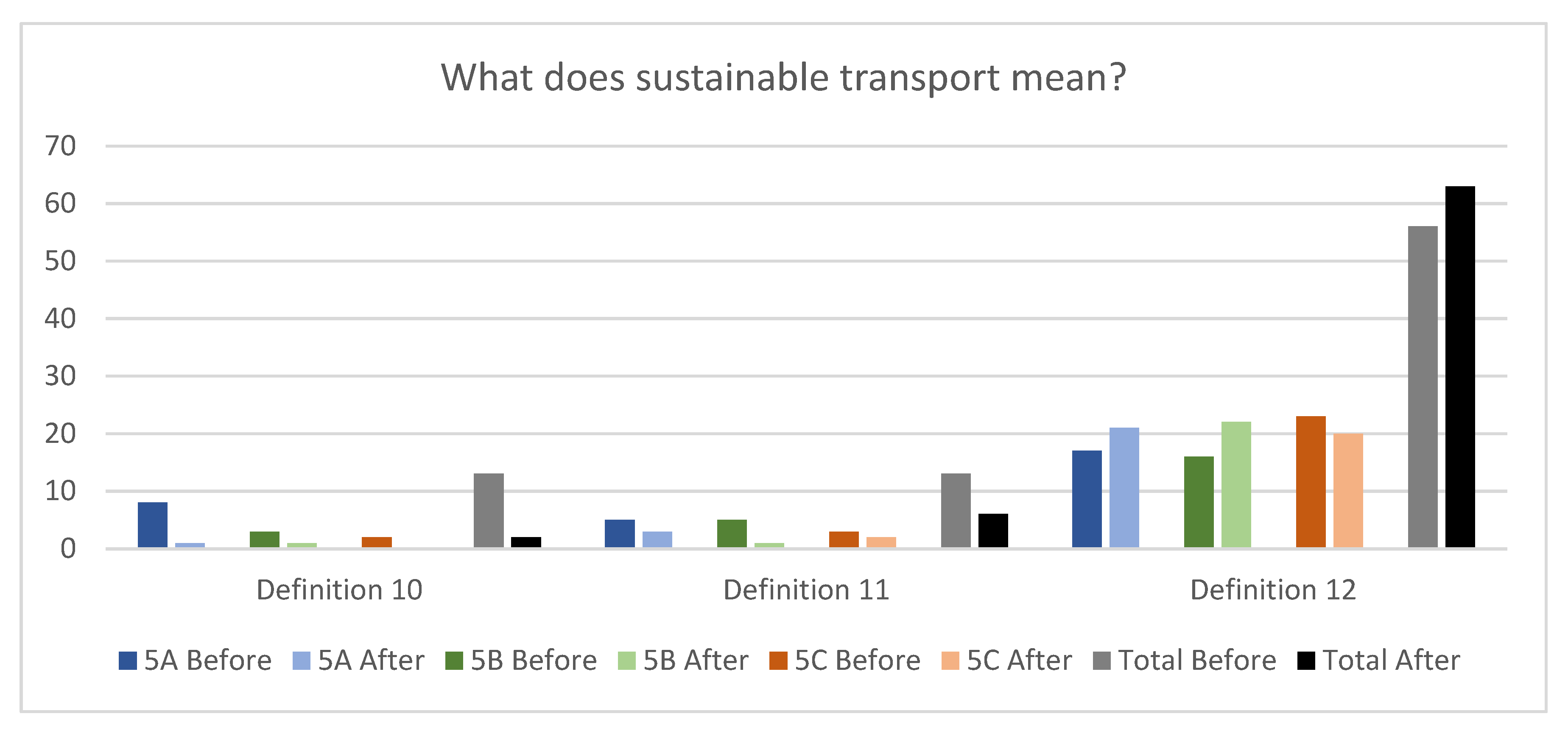
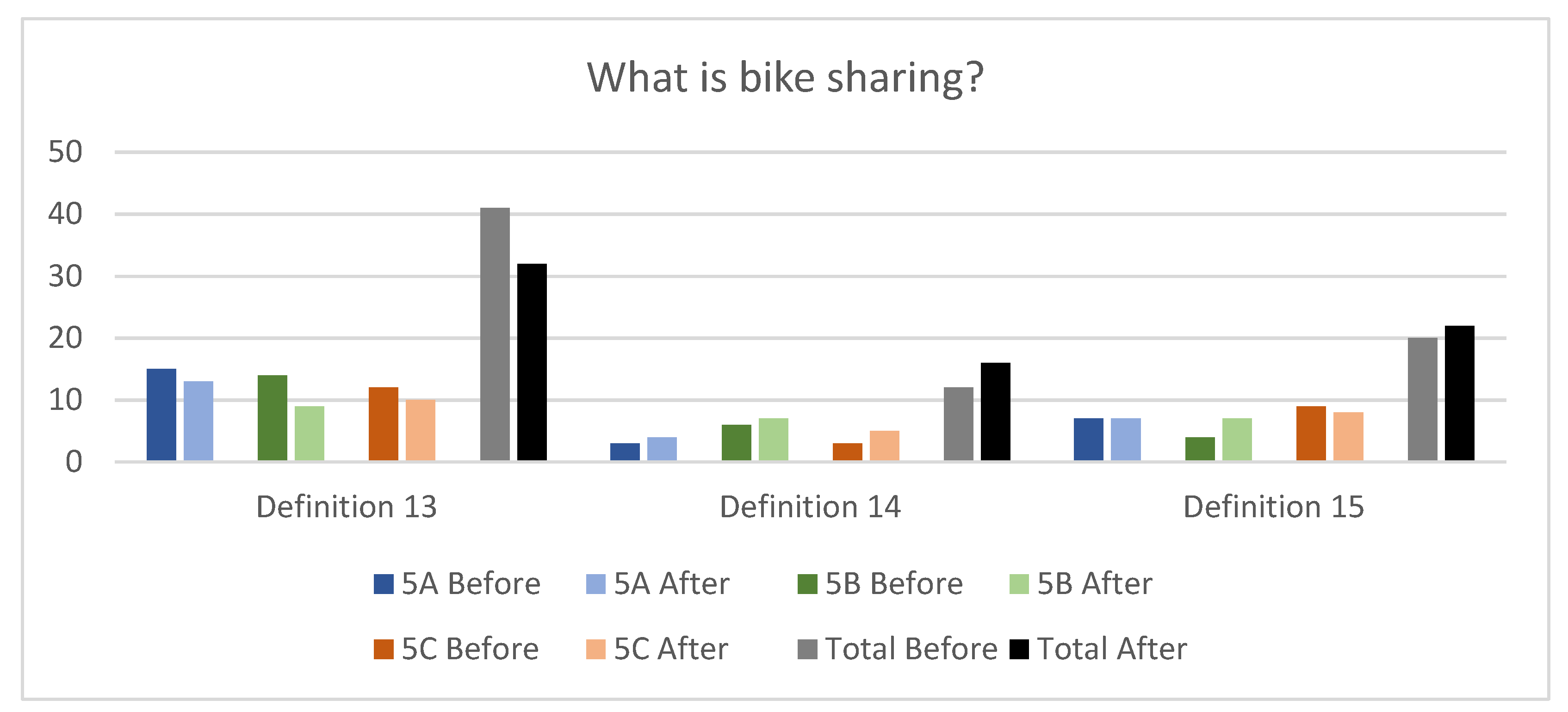
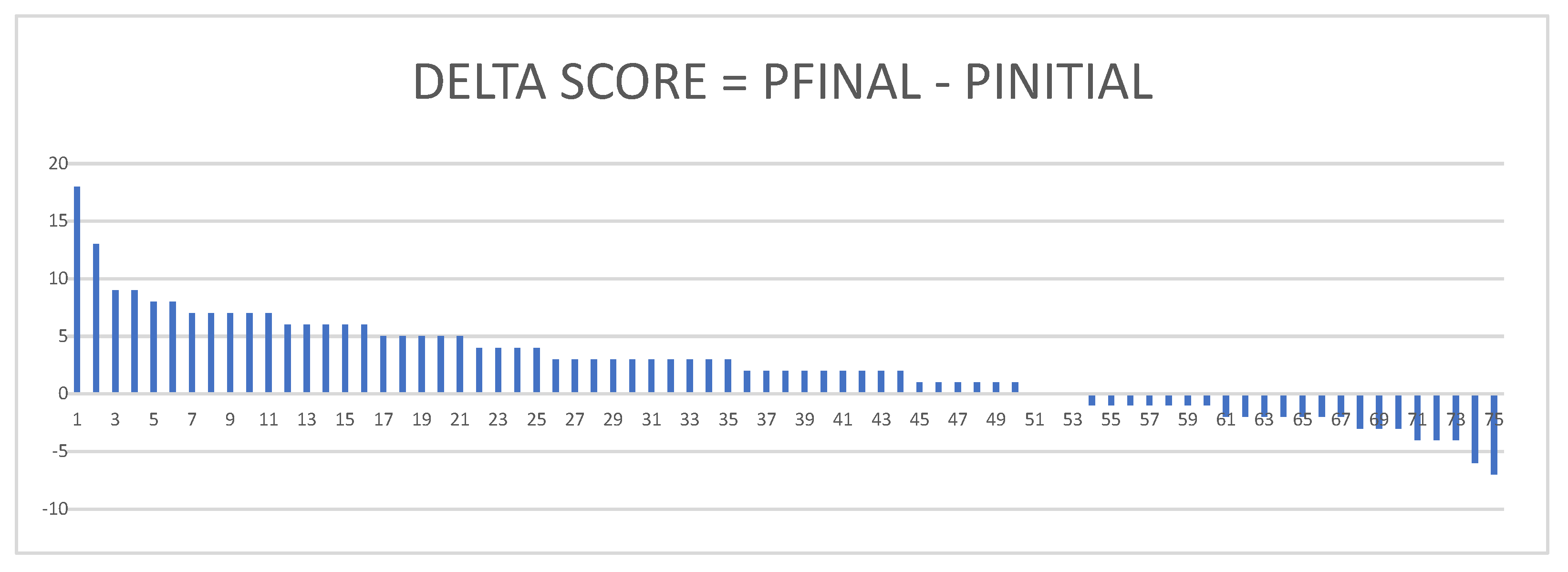
| Nº | % Pupils | Total Points | % Points | |
|---|---|---|---|---|
| Pupils who improved | 50 | 66.67 | 225 | 80.36 |
| Pupils who stayed the same | 3 | 4.00 | 0 | − |
| Students that got worse | 22 | 29.33 | −55 | 19.64 |
| MR1 | MR2 | MR3 | MR4 | MR5 | MR6 | MR7 | MR8 | MR9 | |
|---|---|---|---|---|---|---|---|---|---|
| NIV_JU | 2.275 | ||||||||
| t-stat | 11.869 | ||||||||
| P_JU | 0.003 | ||||||||
| t-stat | 10.765 | ||||||||
| N_ACT | 0.849 | ||||||||
| t-stat | 9.082 | ||||||||
| N_CON | 0.655 | ||||||||
| t-stat | 11.607 | ||||||||
| ACC_SEM | 6.179 | 3.355 | |||||||
| t-stat | 17.363 | 9.891 | |||||||
| HOR_SEM | 12.194 | 6.219 | |||||||
| t-stat | 16.109 | 8.172 | |||||||
| SAT_GLOB | 10.008 | 6.219 | 5.934 | ||||||
| t-stat | 18.713 | 10.237 | 10.954 | ||||||
| R^2 adj. | 0.656 | 0.610 | 0.527 | 0.645 | 0.803 | 0.778 | 0.826 | 0.909 | 0.925 |
| Observ. | 75 | 75 | 75 | 75 | 75 | 75 | 75 | 75 | 75 |
Publisher’s Note: MDPI stays neutral with regard to jurisdictional claims in published maps and institutional affiliations. |
© 2021 by the authors. Licensee MDPI, Basel, Switzerland. This article is an open access article distributed under the terms and conditions of the Creative Commons Attribution (CC BY) license (https://creativecommons.org/licenses/by/4.0/).
Share and Cite
Sipone, S.; Abella-García, V.; Rojo, M.; dell’Olio, L. Using ClassCraft to Improve Primary School Students’ Knowledge and Interest in Sustainable Mobility. Sustainability 2021, 13, 9939. https://doi.org/10.3390/su13179939
Sipone S, Abella-García V, Rojo M, dell’Olio L. Using ClassCraft to Improve Primary School Students’ Knowledge and Interest in Sustainable Mobility. Sustainability. 2021; 13(17):9939. https://doi.org/10.3390/su13179939
Chicago/Turabian StyleSipone, Silvia, Víctor Abella-García, Marta Rojo, and Luigi dell’Olio. 2021. "Using ClassCraft to Improve Primary School Students’ Knowledge and Interest in Sustainable Mobility" Sustainability 13, no. 17: 9939. https://doi.org/10.3390/su13179939
APA StyleSipone, S., Abella-García, V., Rojo, M., & dell’Olio, L. (2021). Using ClassCraft to Improve Primary School Students’ Knowledge and Interest in Sustainable Mobility. Sustainability, 13(17), 9939. https://doi.org/10.3390/su13179939









